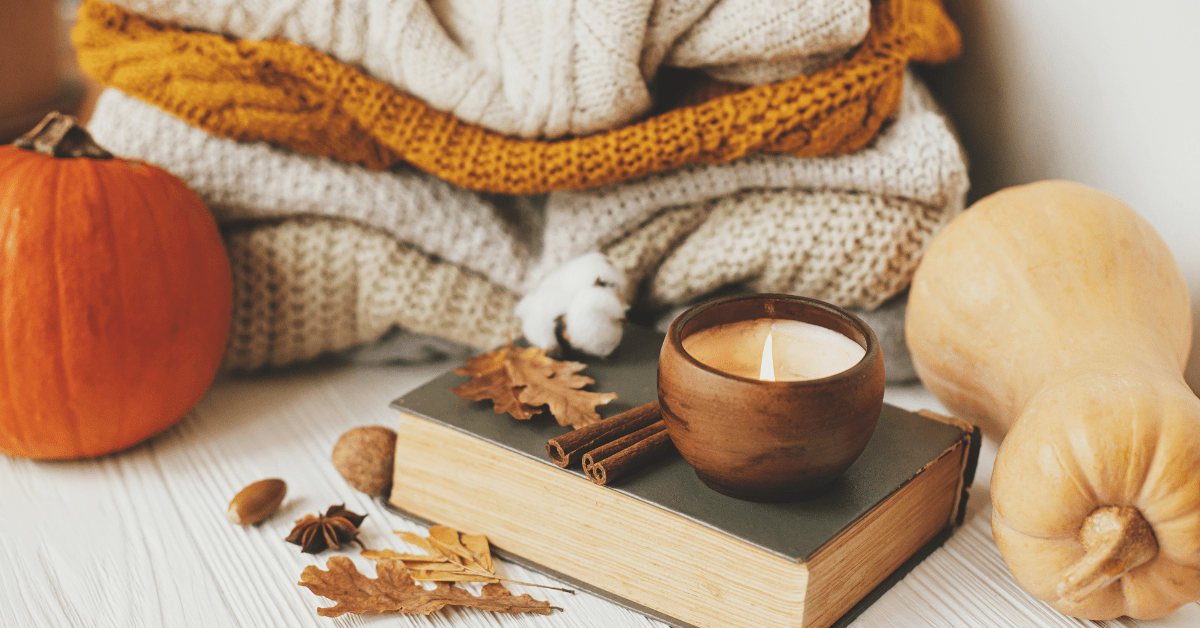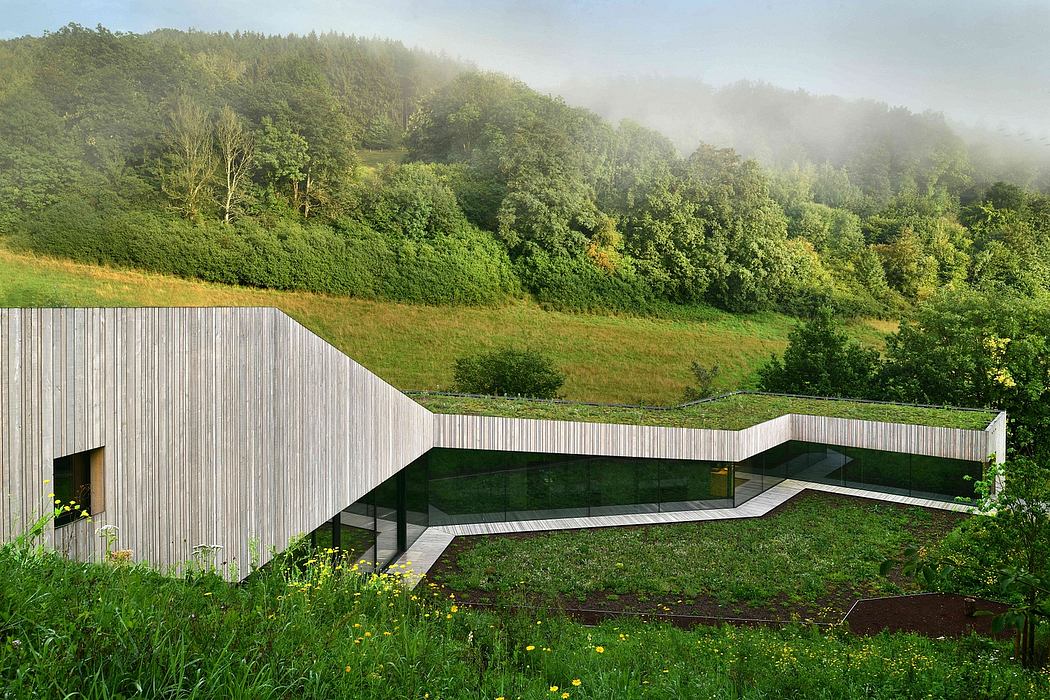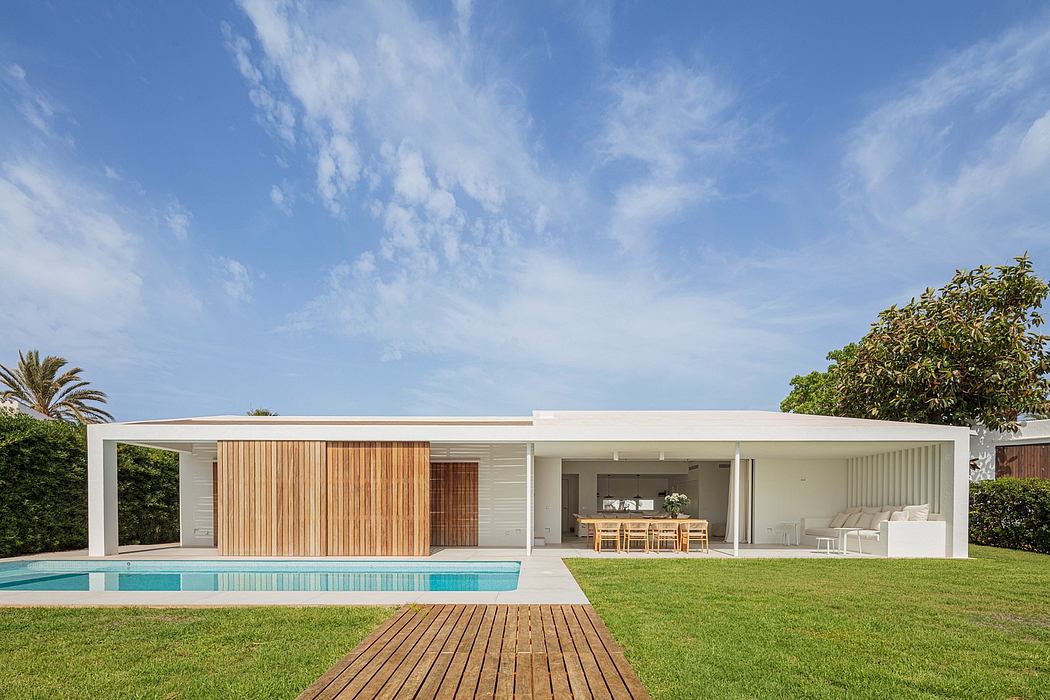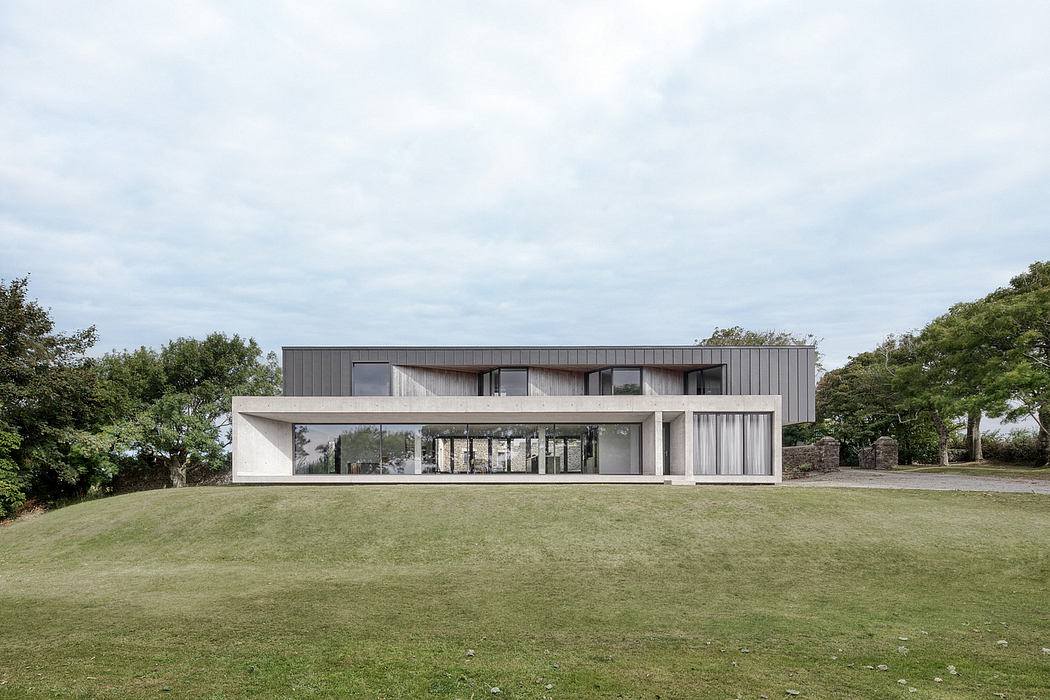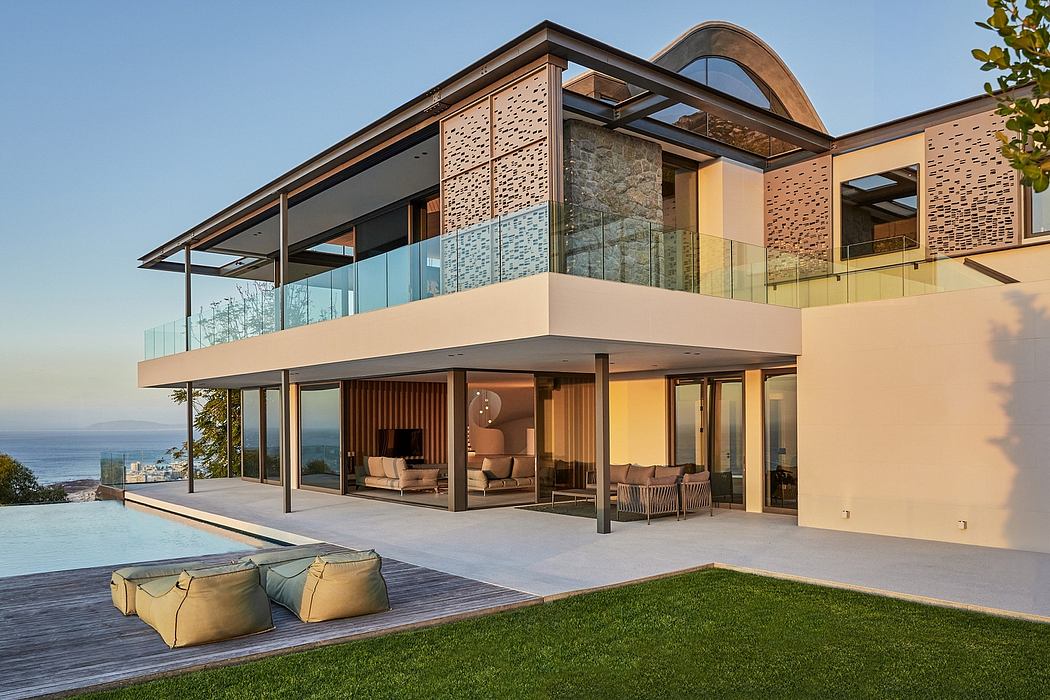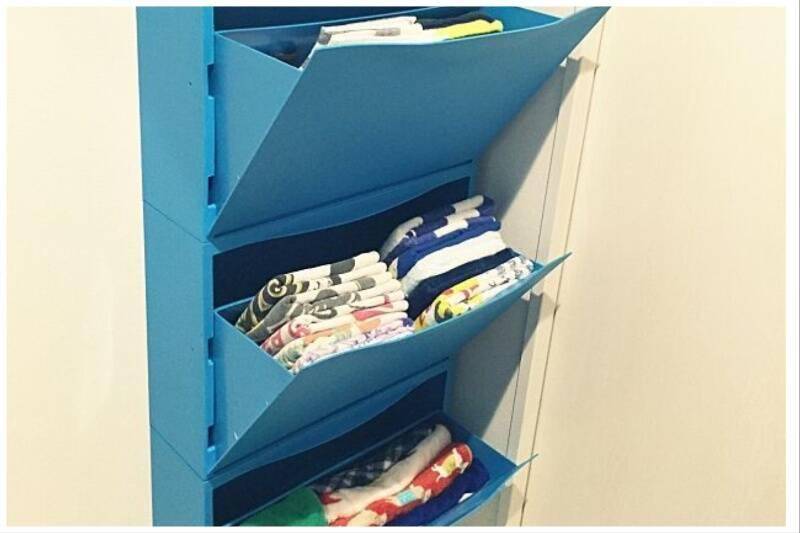Thinking About Going in on a House With Grandma" Hear From 5 Families Who Bought Together.
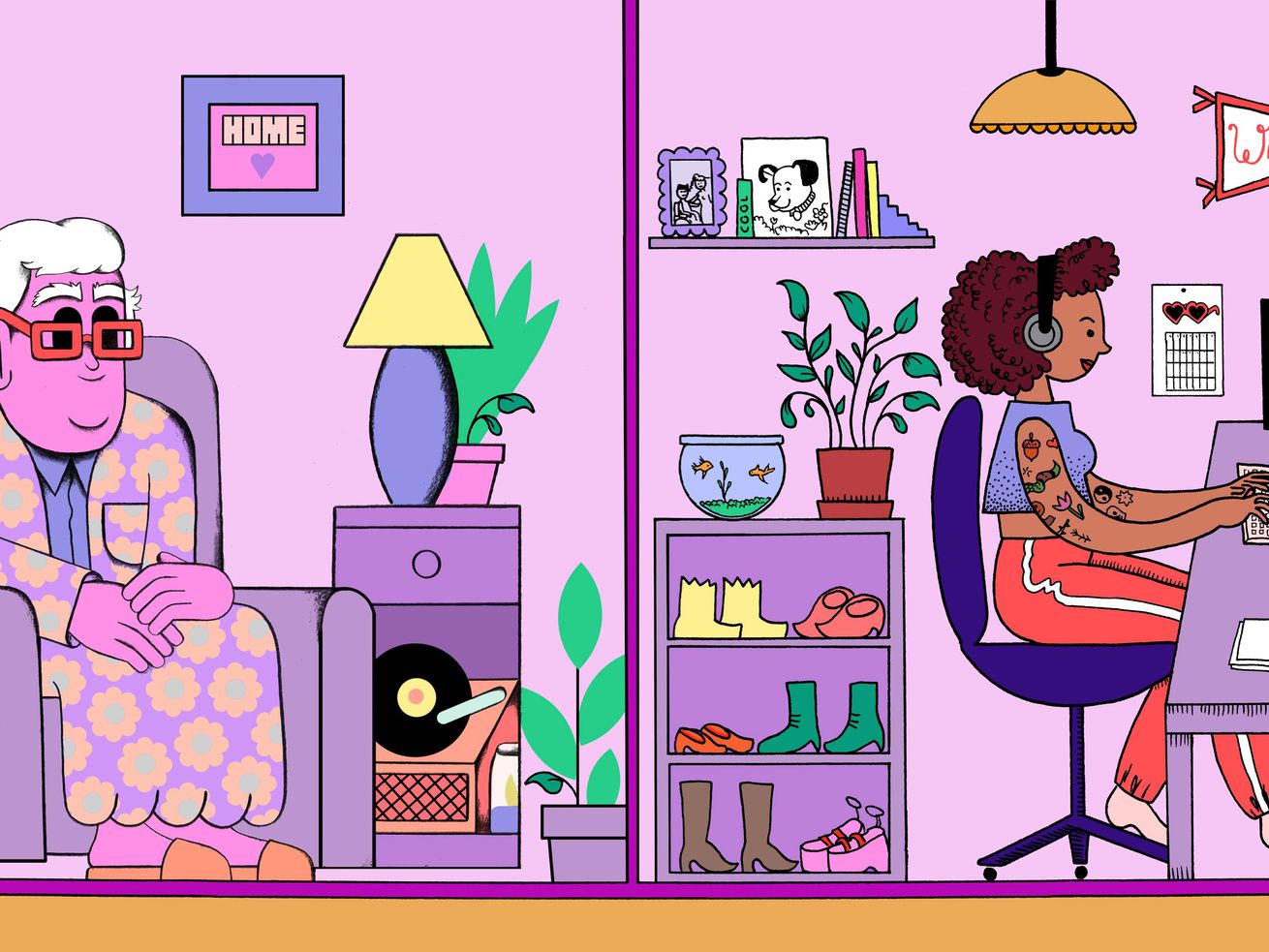
The ups and downs of multigenerational housing. You can see the allure: grandma coming up from her place downstairs to read bedtime stories or babysit, not to mention being able to split utilities and mortgage payments with the in-laws. It?s no wonder multigenerational living has been on the rise in recent years. While the move is most popular among nonwhite populations, the total number of people living in such homes went up from 17 percent to 19 percent between 2009 and 2014. As of 2018, a record 64 million Americans are living in multigenerational homes, a move that can seem even more appealing during a global pandemic. From being able to closely care for vulnerable family members to having a larger community at home during quarantine to help with child care and at-home schooling, COVID-19 has cast a new light on this living trend. Yet, little is known about a subsection of that trend: multigenerational homebuyers. To explore what it means and what it takes to not only live together but to make major life purchases together across generations, Curbed spoke to five people scattered around North America who have taken the plunge.
Pega Ren and Keph Senett
A mother-daughter duo living together in Nelson, British Columbia, Canada
Keph Senett: This wasn?t something I had planned on, but with the recent economic downturns over the last couple of years, and now COVID, we started thinking about what we could do to make our positions more secure. My mom, who is a therapis...
| -------------------------------- |
| Watch drone footage of EFFEKT's panoramic observation tower nearing completion |
|
|

